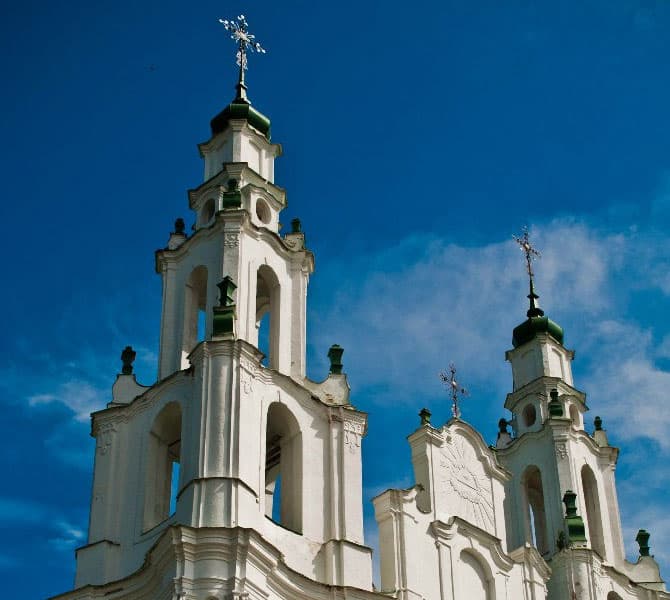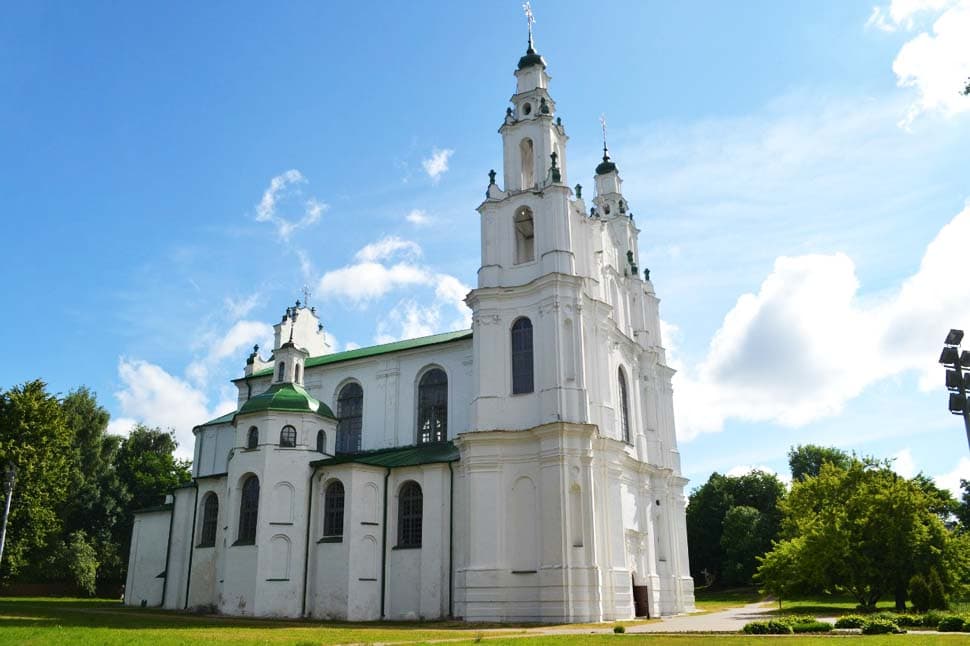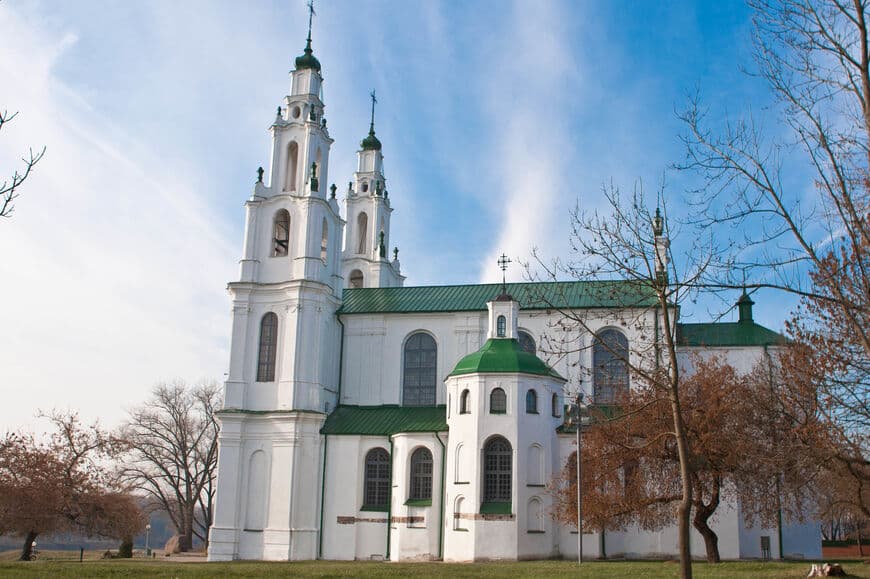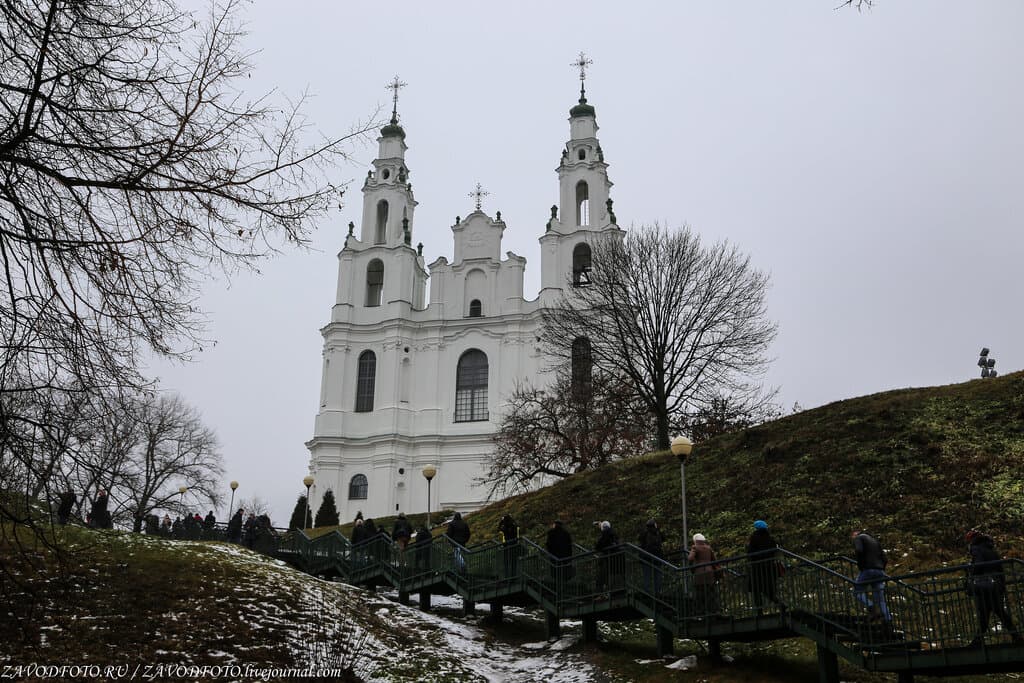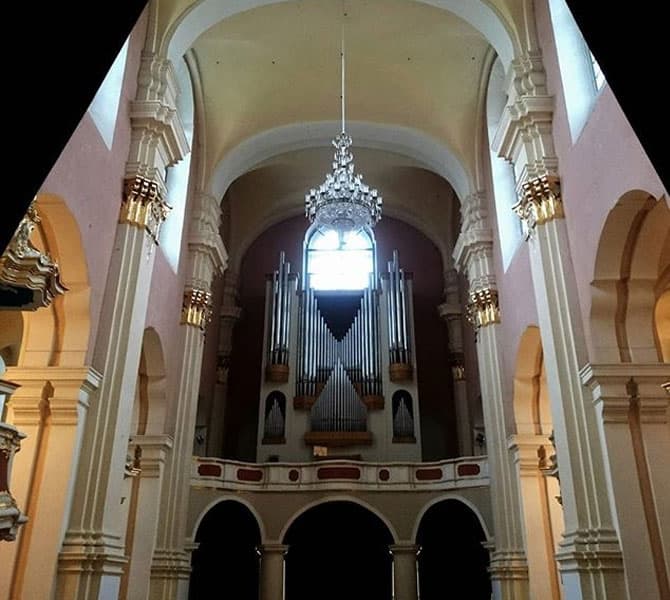St. Sophia Cathedral (Polotsk)
Church
Belarus, Polotsk, Zamkovaya street, 1
Description
St. Sophia Cathedral is an inactive Orthodox church in Polotsk, an architectural monument of the 11th-18th centuries, the very first stone building on the territory of modern Belarus.
Built in the mid-11th century in the Byzantine style, the temple was consecrated in the name of Hagia Sophia. To this day, St. Sophia Cathedral has been preserved in a significantly changed form; it was finally rebuilt in the 18th century in the Vilna Baroque style.
Divine services in the St. Sophia Cathedral were stopped in the 1920s and resumed in 1942-1944. From the end of 1969 to 1983, restoration work and architectural and archaeological research were carried out in the cathedral. After their completion, a museum of the architectural history of St. Sophia Cathedral and a concert hall for chamber and organ music were opened.
Website:
http://sophia.polotsk.museum.byCategories
Historical
Architectural monument
Comments
Reviews to the Place
1С Н
04.05.2024
St. Sophia Cathedral (Polotsk)
Story
St. Sophia Cathedral in Polotsk appeared in the 11th century. Construction of the temple began when it was decided to move the city center from the old settlement. Architecturally, the cathedral was close to the St. Sophia Cathedrals in Kyiv and Novgorod, which, in turn, were built on the model of a similar cathedral in Istanbul (formerly Constantinople). The impressive building was erected by Byzantine builders and ordinary residents of the city in 1044-1066 on the orders of Grand Duke Vseslav the Magician. Built according to all the canons of Byzantine buildings in harmony with traditional Polotsk architecture, the temple, located between the prince’s estate and the bishop’s house, began to play a fairly important role not only in the church, but also in the state.
An Orthodox and cultural center operated in the cathedral building. A rich library, an impressive archive, a magistrate and a treasury were located here, as well as religious shrines were carefully preserved and official receptions of foreign ambassadors were held. Also in the temple there was a tomb of the princes, where 16 ancient sarcophagi were discovered during archaeological excavations.
In 1607 and 1648 there were fires in the cathedral, after which it had to be restored. The appearance of the temple gradually changed. Unfortunately, the original structure of the temple has not survived, as it was destroyed in 1710 as a result of the explosion of a gunpowder warehouse located in the vestibule of the temple during the Northern War. By 1750, the reconstruction of the destroyed St. Sophia Cathedral was completed. This is how the cathedral looks today.
Current state
After restoration in 1750, the cathedral became a three-nave, single-apse basilica, oriented to the north. On the south side, two symmetrical towers rose to a height of 50 m. Rebuilt in the Vilna Baroque style, the cathedral also received a new interior design. In addition to Baroque columns, many stucco decorations, figured cornices and a somewhat unusual color scheme appeared. The altar part of the temple was separated from the central nave by a high three-tier barrier, adjacent to which on the vault was a bas-relief image of the New Testament Trinity. The second and first tiers were painted and decorated with wooden sculptures. From the paintings on the altar barrier, the following have been preserved: a copy of the famous fresco by Leonardo da Vinci “The Last Supper” and the Savior Not Made by Hands.
The cathedral is part of the Polotsk Historical and Cultural Museum-Reserve. Festivals of ancient and modern chamber and organ music are held annually in April and November in the concert hall of the St. Sophia Cathedral. Also in the temple building there is a functioning Museum of the Architectural History of the St. Sophia Cathedral .
Once a year, on June 5, on the day of remembrance of St. Euphrosyne of Polotsk, an Orthodox service is taking place. Then a procession of the cross takes place from the St. Sophia Cathedral to the Spaso-Euphrosyne Monastery.

